How are archaeologists uncovering the secrets of an Ancestral Maya boomtown?
Famous for their large stone pyramids, and with advanced skills in construction, agriculture and mathematics, the Ancestral Mayas were once a powerful civilisation that lived across much of modern-day Mexico and Central America. Dr Meaghan Peuramaki-Brown, an archaeologist at Athabasca University in Canada, leads the Stann Creek Regional Archaeology Project to investigate the ancient town of Alabama in Belize. Along with Matthew Longstaffe, from the University of Calgary, and a team of local Mayas, they are shedding light on how and why Alabama developed and what life was like for the people who lived there.
Talk like an archaeologist
Ancestral Mayas — a civilisation that occupied modern-day Mexico and Central America from approximately 2000 BCE to 1600 CE
Artefact — an object made or used by humans (e.g., pottery, stone tools) uncovered during an excavation
Boomtown — a settlement characterised by sudden and rapid population growth and development
Excavation — a technique used in archaeology to uncover a site by slowly and carefully removing soil and sediment to expose ancient structures and artefacts
Geochemistry — chemical analysis of geological material, such as soil and sediment
Mayas — Indigenous Peoples of Mexico and Central America who are descended from the Ancestral Mayas
Wattle-and-daub — a construction technique in which woven sticks (wattle) are filled with soil (daub)
An intriguing mystery lies hidden in plain sight within an orange grove in Belize. Between neat rows of orange trees, mounds of earth and stone rise up – the remains of an Ancestral Maya town that hold clues to uncovering the secrets of an ancient civilisation.
“To a trained eye, it is clear to see how the town was laid out, as the different types of mounds represent different buildings in what was once a thriving ‘downtown’ core surrounded by residential areas,” explains Dr Meaghan Peuramaki-Brown, who leads the Stann Creek Regional Archaeology Project (SCRAP). The original name of this abandoned town has been lost, but it is known today as Alabama, named after an American banana company that operated in the area in the 1950s.
The Stann Creek Regional Archaeology Project
As a collaboration between archaeologists and residents of the nearby village of Maya Mopan, SCRAP aims to excavate Alabama to learn more about the people who once lived there. Input from local Mayas is essential to the project, as they are culturally descended from the Ancestral Mayas. “We consult with community members throughout all stages of the research process, from designing research questions to conducting excavations to communicating results,” explains Meaghan. “Maya input is critical as it is their history that we are uncovering and exploring.”
What was Alabama like?
From 700 CE to 900 CE, Alabama was a bustling town, consisting of a well-defined urban core that included temples, a ballcourt and administrative structures. “Most of the approximately 1,000 residents lived in surrounding settlement zones in small wattle-and-daub houses thatched with palm leaves,” says PhD candidate Matthew Longstaffe. “These houses were built on top of raised rectangular platforms made from granite and earth.” Larger family groups occupied multiple platforms, forming small residential compounds. While the houses themselves no longer exist, the platform structures still lie among the orange groves of Maya Mopan.
Was Alabama a boomtown?
Meaghan and Matthew believe that Alabama was an example of an Ancestral Maya boomtown. “Boomtowns are settlements that experience sudden and rapid population growth, accompanied by rapid development of infrastructure and economic growth,” explains Matthew. “This is often caused by changes in political or economic conditions that create opportunities for development.” SCRAP’s excavations have revealed that Alabama’s urban core and surrounding settlement zones experienced rapid development from 700 CE onwards. As the population suddenly increased, new structures were built in a diverse range of architectural styles.
“We have several hypotheses to explain Alabama’s boom, as there were probably many contributing factors,” says Matthew. It is likely that Ancestral Mayas realised this was a desirable place to settle when they discovered the many natural resources that could be exploited from the surrounding area (including granite, clay, salt and cacao). Regional sociopolitical events and changes in trade routes may also have caused population movements.
How do archaeologists study ancient sites?
“Analysing the structures and artefacts (and their contexts) uncovered during excavations is crucial to archaeological research,” explains Meaghan. Recently, the SCRAP team has been uncovering and examining the architectural features on platforms to gain an insight into the original appearances and functions of the buildings that once sat on top of them. “Temples, houses and storerooms will all look different and contain different artefacts,” explains Matthew.
Pottery artefacts are key to uncovering the lives of the Ancestral Mayas. Near temple platforms, the team has found ceremonial artefacts, such as incense burners. In contrast, everyday pottery objects such as tools for preparing and cooking food have been found associated with house platforms. And the presence of large serving vessels may indicate that some families hosted communal feasts. The team analyses the composition of pottery artefacts to determine whether they were made with local clay or imported to Alabama from elsewhere in the region or beyond. “This information helps us reconstruct trade networks and understand how they evolved with time,” explains Matthew.
Organic materials, like the wattle and palm thatch used to build houses, are rarely preserved in the tropical environments of Belize. So, in addition to studying the structures and artefacts that have survived the test of time, the team also analyses the geochemistry of soil and sediment samples. Variations in different elements can indicate where the Ancestral Mayas discarded organic materials or planted gardens and fields. “Combining architectural and artefact analysis with soil and sediment geochemistry allows us to build a more complete picture of daily life in Alabama,” says Matthew.
What have Meaghan and Matthew discovered about Alabama?
SCRAP’s excavations and analyses have uncovered evidence that the Ancestral Mayas of Alabama were able to adapt to the regional landscape and took advantage of locally available resources. Pottery was crafted from local clay, tools were made from local stone and platforms were built from local granite and earth. “Alabama architectural choices are unique in the Ancestral Maya world (where most construction was with limestone) which reflects their adaptation to the local environment,” says Matthew.
The team has uncovered strong evidence that Alabama was an innovative boomtown, and there are clues (in the form of imported pottery and stone tools) that point to extensive trade networks with other communities in the region and beyond. “This suggests that Alabama was a hub of economic and cultural exchange within the broader Ancestral Maya world,” says Matthew. Thanks to the work of the SCRAP team, we are learning more about the lives of these ancient peoples.
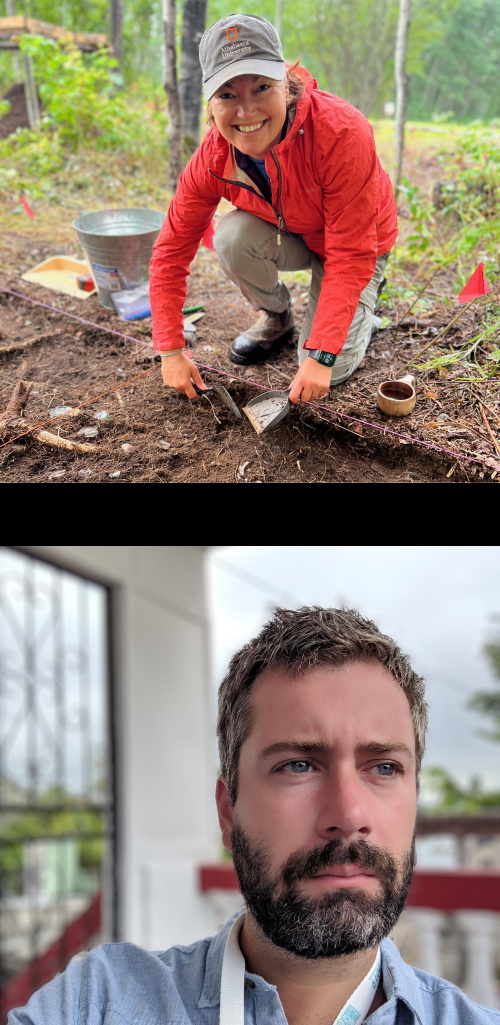 Dr Meaghan Peuramaki-Brown
Dr Meaghan Peuramaki-Brown
Associate Professor, Athabasca University, Canada
Matthew Longstaffe
PhD candidate, University of Calgary, Canada
Field of research: Archaeology
Research project: The Stann Creek Regional Archaeology Project (SCRAP) – Excavating an Ancestral Maya town in Belize
Funder: Social Sciences and Humanities Research Council of Canada (SSHRC)
About archaeology
“Archaeology is an amazing career!” says Meaghan. “It is a privilege to be part of it.” As the study of the human past, archaeologists study the structures and artefacts left behind by previous communities and use these to understand what their lives were like.
A day in the life of an archaeologist
During excavations at Alabama, the SCRAP team are onsite and ready to start work by 7 am. In addition to professional archaeologists and archaeology students, most of the team is from the nearby village of Maya Mopan. The local Mayas work as field assistants, supervisors and community liaisons, and provide the team with delicious food.
Excavations involve carefully removing soil and sediment with trowels and brushes to uncover artefacts (such as fragments of pottery) and structures (such as sections of platforms). “We maintain detailed records of the excavation process,” explains Matthew. “Artefacts, written descriptions, photos, maps and sketches all contribute data that we use to interpret the site.”
Reference
https://doi.org/10.33424/FUTURUM482
All images © SCRAP
By 3 pm, when it has become too hot to work outdoors, the team returns to their camp (stopping for a cooling drink along the way) to continue their work in the laboratory. All artefacts found that day are documented then carefully cleaned with toothbrushes.
What key skills do archaeologists need?
Communication and collaboration are key skills for archaeologists, as they work in interdisciplinary teams and engage with local communities. “You need to be able to communicate with different audiences, work well in a group and have empathy towards others,” says Meaghan. “A good sense of humour also helps!” Archaeologists also need to be adaptable and flexible so that they can adjust their plans when things go wrong (“They will!” says Meaghan). “Archaeologists need perseverance to persist through long hours of fieldwork, often in challenging conditions,” says Matthew. “They must also be able to critically evaluate evidence to draw meaningful conclusions.”
Pathway from school to archaeology
At school and beyond, geography and history will introduce you to some of the foundations of archaeology. “Develop a broad knowledge base in geology (to learn about landscapes, sediments and soils) and anthropology (to learn about human societies and cultures),” advises Matthew.
A university degree in archaeology will equip you with the theoretical knowledge and practical skills necessary for conducting archaeological research. “Alongside this, take courses in geographic information systems (GIS), socio-cultural studies and the language(s) relevant to the area of the world where you want to work,” advises Meaghan.
Gain hands-on archaeological experience by joining a dig or volunteering with archaeological or historical societies.
Explore careers in archaeology
Archaeology is a broad field. For example, bioarchaeologists study human remains, zooarchaeologists study animal remains, and geophysical archaeologists perform surveys to map structures below the ground surface.
Learn more about the Stann Creek Regional Archaeology Project (SCRAP; www.scraparchaeology.com) and watch this video to see what a day in the field involves: www.youtube.com/watch?v=ACOQkyeZltA
Visit Sapiens (www.sapiens.org/archaeology) and Archaeology (www.archaeology.org) to read accessible articles about archaeology research.
Many archaeology organisations have resources for students, including the Canadian Archaeological Association (www.canadianarchaeology.com/caa/student-resources), the Society for American Archaeology (www.saa.org/education-outreach) and the Society for Historical Archaeology (www.sha.org/students-and-teachers).
Meet Meaghan
When I was younger, I loved being outdoors and participating in sports (basketball, volleyball, running, swimming, folk dancing, etc.). I also loved reading, doing puzzles and hanging out with friends and getting into trouble!
As a child, I loved flipping through my Grandma’s National Geographic magazines, looking at images of archaeological sites and finds. My mom loved learning about the Ancestral Mayas and meeting present-day Mayas, and her enthusiasm rubbed off on me. We had several family holidays to Mexico which probably influenced my decision to study the cultures of the region.
As an archaeologist, I most enjoy all the opportunities I have to work with different people. I love working with colleagues and community members around the world. The best thing about archaeology is that it’s a team sport. I don’t consider myself a ‘people person’, so this can be challenging for me, but it’s very rewarding to invest time and energy into building relationships with others and to share the experience of telling human stories.
Recently, I directed the excavation of an interesting staircase at Alabama. We found a large lump of clay wedged below one step – we don’t know why, but I think someone might have been trying to level the step (like when you put something under the leg of a wobbly table). I always get excited by architectural finds that give us a glimpse into the mind of the builder.
One of my favourite memories from working at Alabama doesn’t have anything to do with the archaeology itself. At lunch, we were sitting in the shade and one of the women in our team, who was from Maya Mopan, told us folktales from her village. It was wonderful to learn about the connections that the Mayas who currently live in the area have with the landscape and surrounding world.
Meet Matthew
Music was my main interest when I was at school – I played the guitar and was obsessed with practising and playing in bands. My interest in archaeology came from reading and watching National Geographic. This opened my eyes to so many incredible places I wanted to explore and people I wanted to meet.
Archaeologists get to go places and do things that many people will never experience, from camping in the jungle to exploring and excavating ancient towns. Doing physically demanding work in bad weather while spending a long time away from home is not for everyone. But for me, these challenges make the experience all the more enriching.
In my opinion, it’s the people I work with who make archaeology worthwhile. Archaeologists get to meet, work with, and form relationships and friendships with all sorts of interesting and unique people. Some of my closest lifelong friends are people I’ve met through archaeological fieldwork.
Alabama is an amazing place to work because it’s in a region that is not well understood. It’s very fulfilling to examine all the information we’ve collected over the years, which is telling us so much about how people at the site lived their day-to-day lives, how they were connected to other parts of the Maya world, and the relationships that they formed and maintained.
I have many amazing memories from archaeology fieldwork in Belize, Mexico and Canada. The first season of my dissertation fieldwork began with a month of work in Mexico followed by two months in Belize at Alabama. It was gruelling, but it reminded me why I love archaeology. I got to camp in the jungles of southern Mexico, travel by myself across the Yucatan Peninsula to Belize and spend two months excavating at Alabama. These experiences give me the inspiration to continue with archaeology research.
Meaghan and Matthew’s top tips
Get out of the classroom and gain practical experience in archaeology to discover whether you like fieldwork. Find local archaeology digs or societies – you don’t need to travel to exotic locations to gain experience.
There are many careers in archaeology, so be flexible about which cultures, techniques and research topics you explore.
Do you have a question for Meaghan and Matthew?
Write it in the comments box below and Meaghan and Matthew will get back to you. (Remember, researchers are very busy people, so you may have to wait a few days.)
As Meaghan explains, it is vital that local Mayas are included in archaeological excavations of Ancestral Maya sites. Learn how community archaeology in Mexico is empowering Mayas to uncover their history and tell their story:
www.futurumcareers.com/what-does-the-past-mean-to-people-today

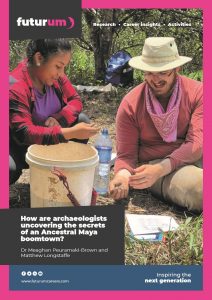
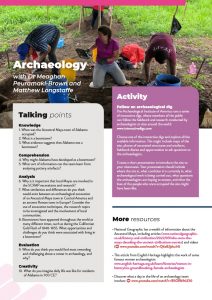
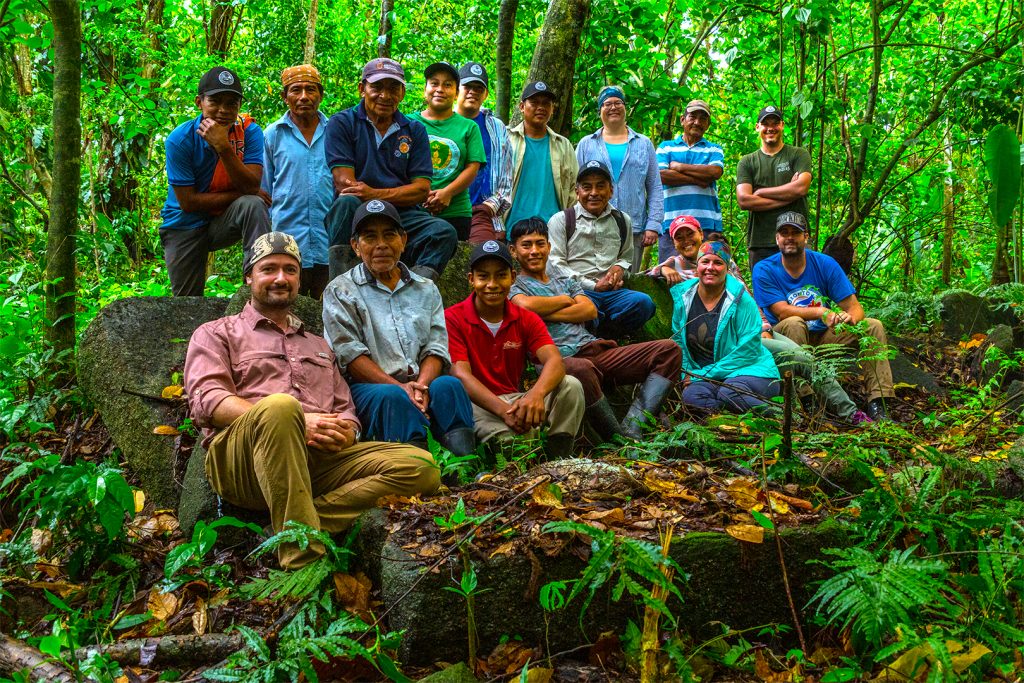

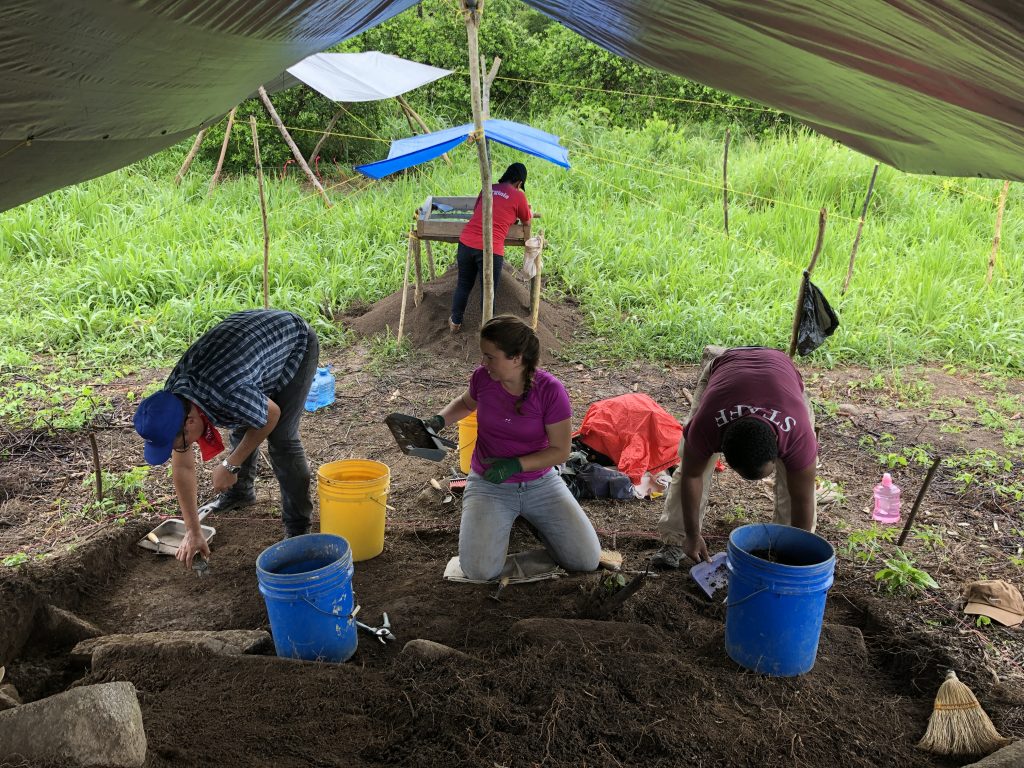
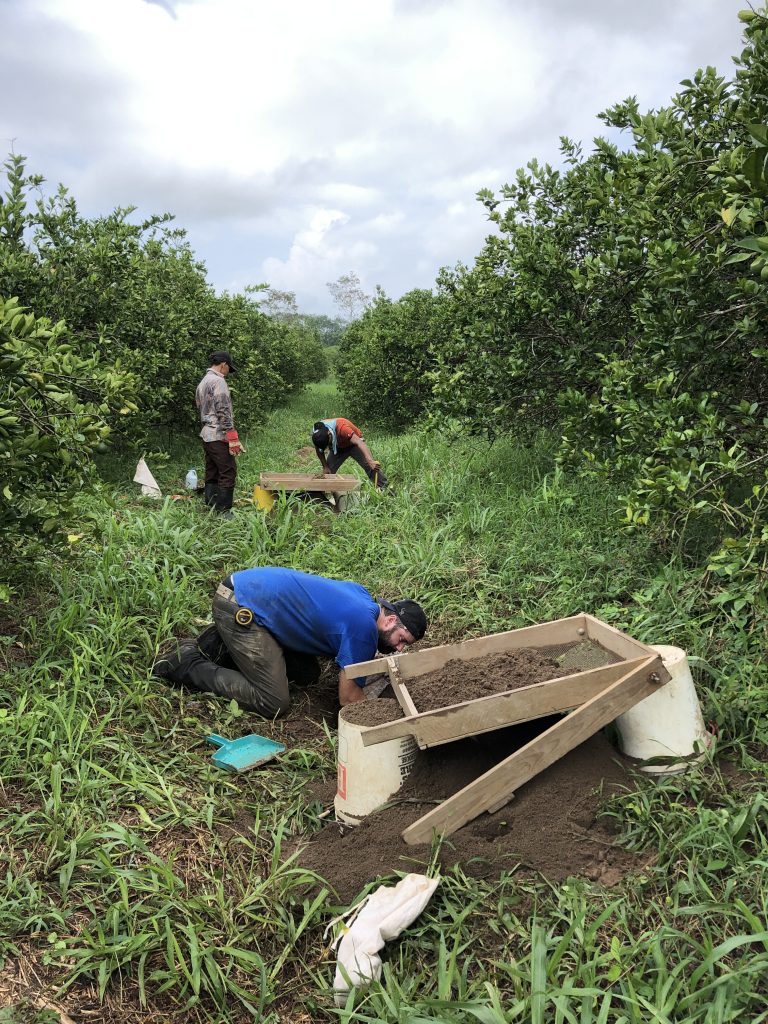
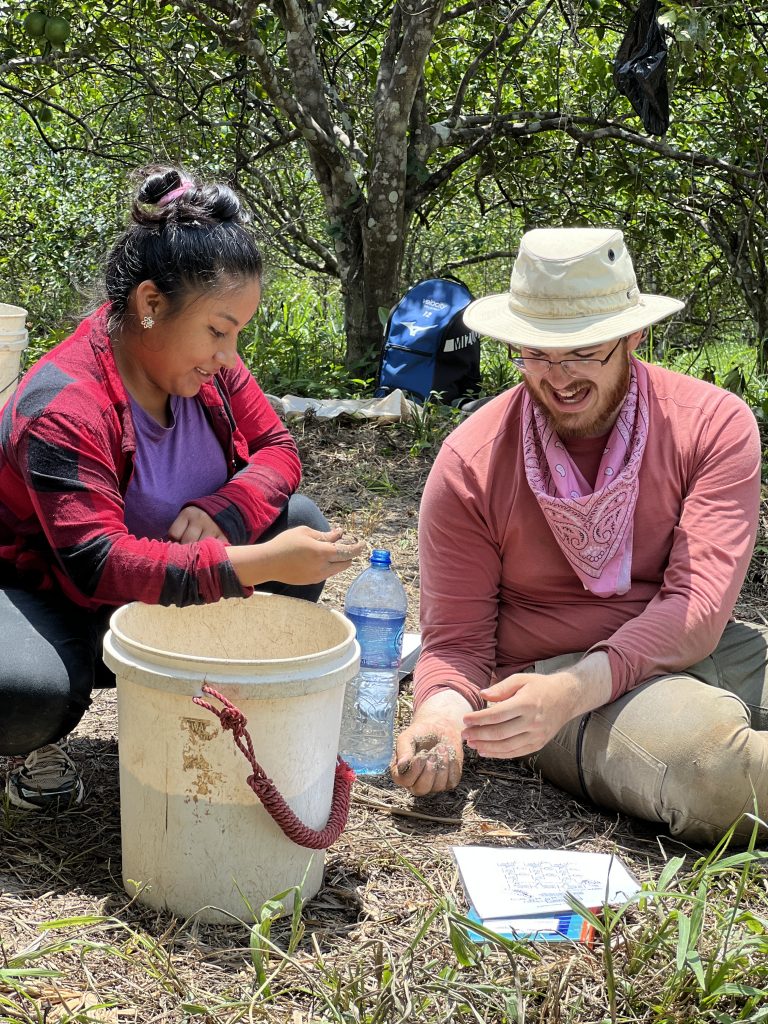
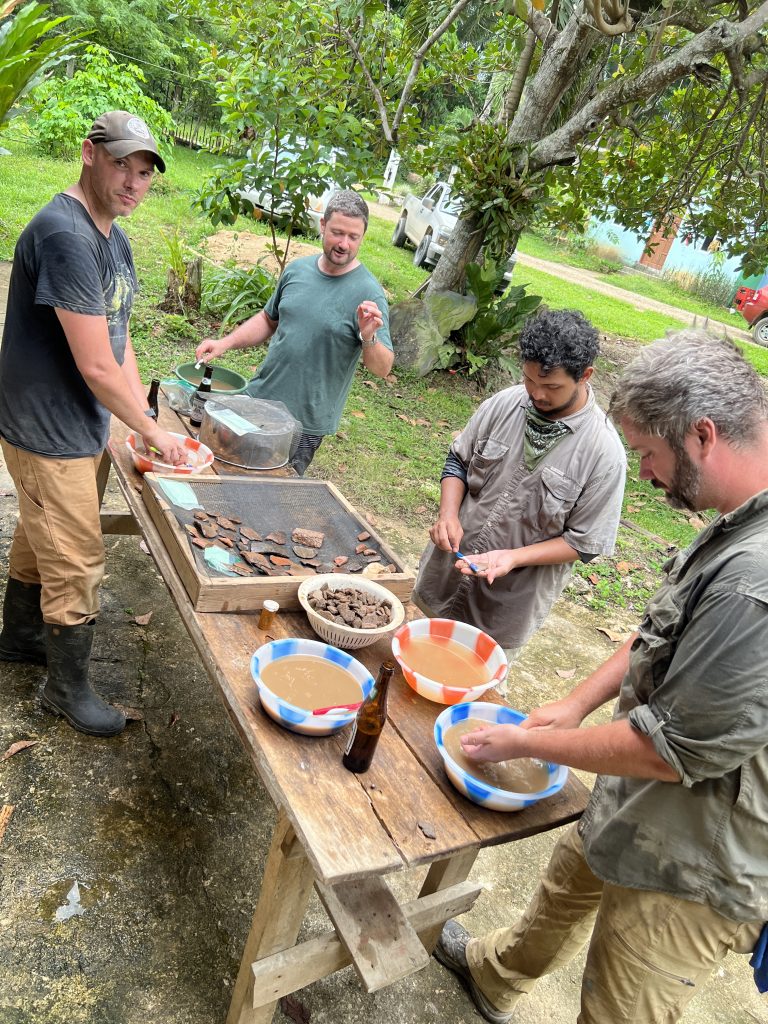
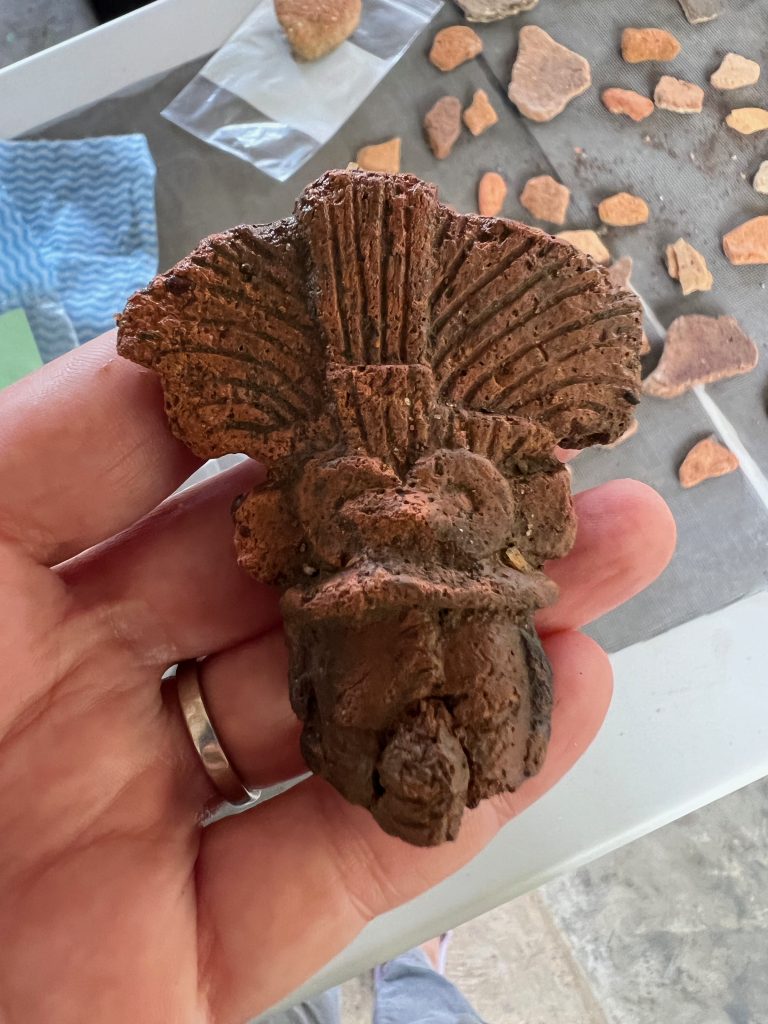
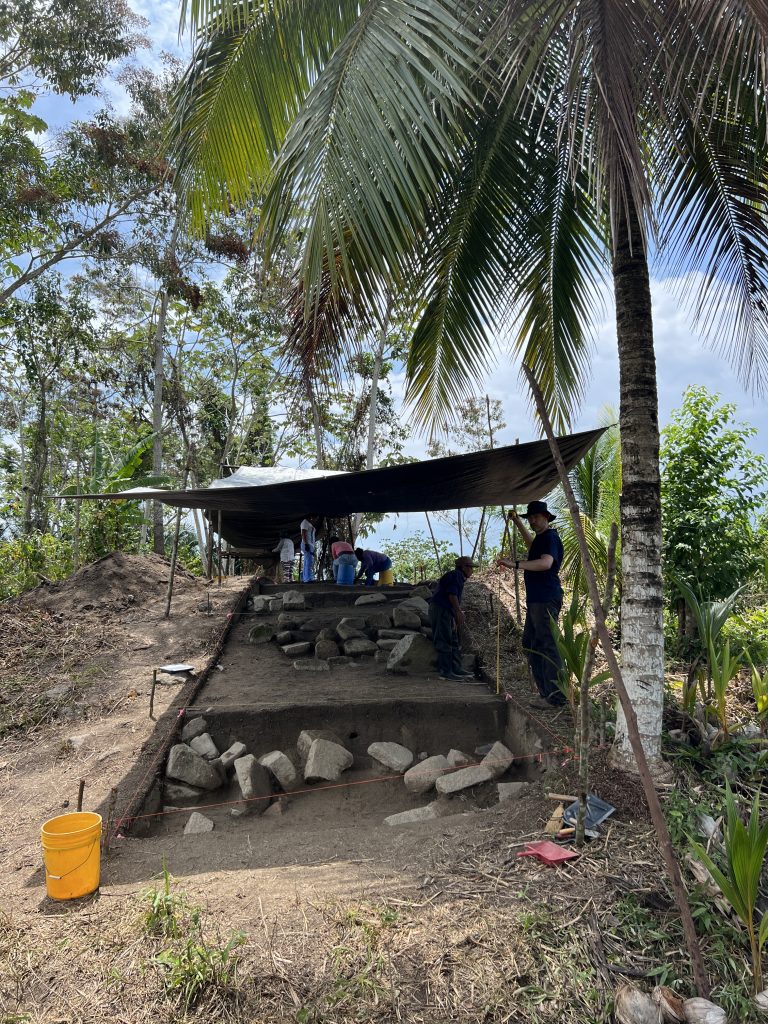
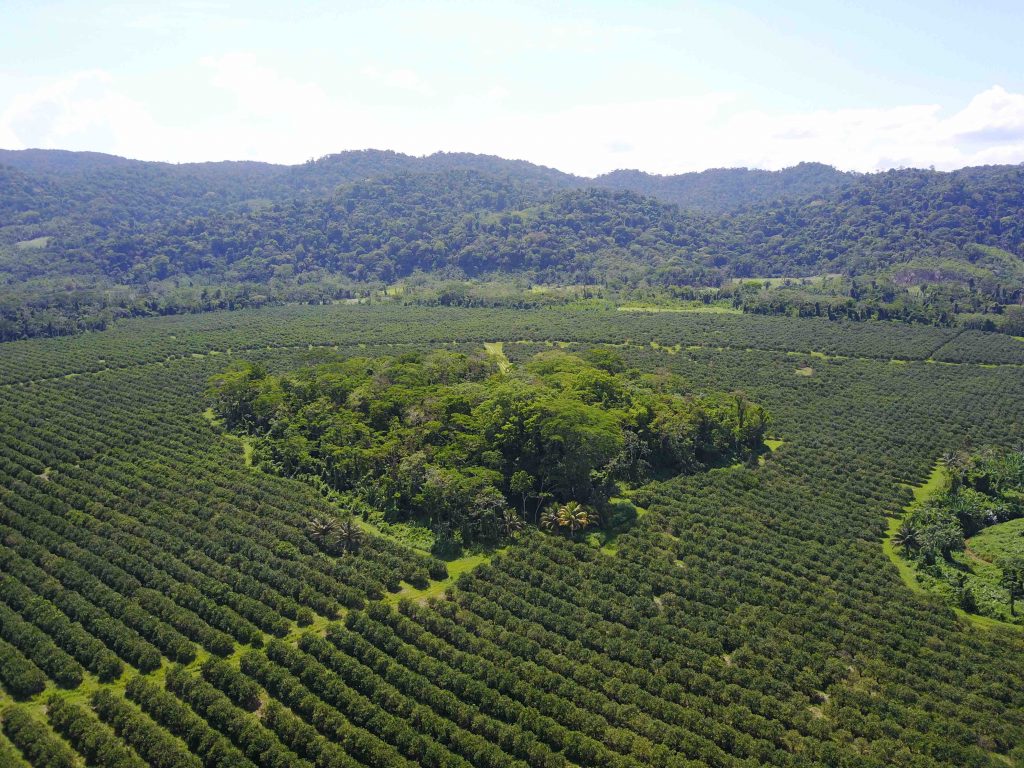
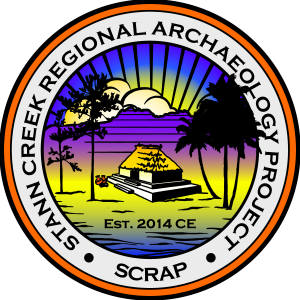
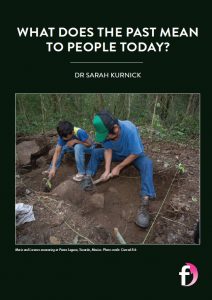
0 Comments